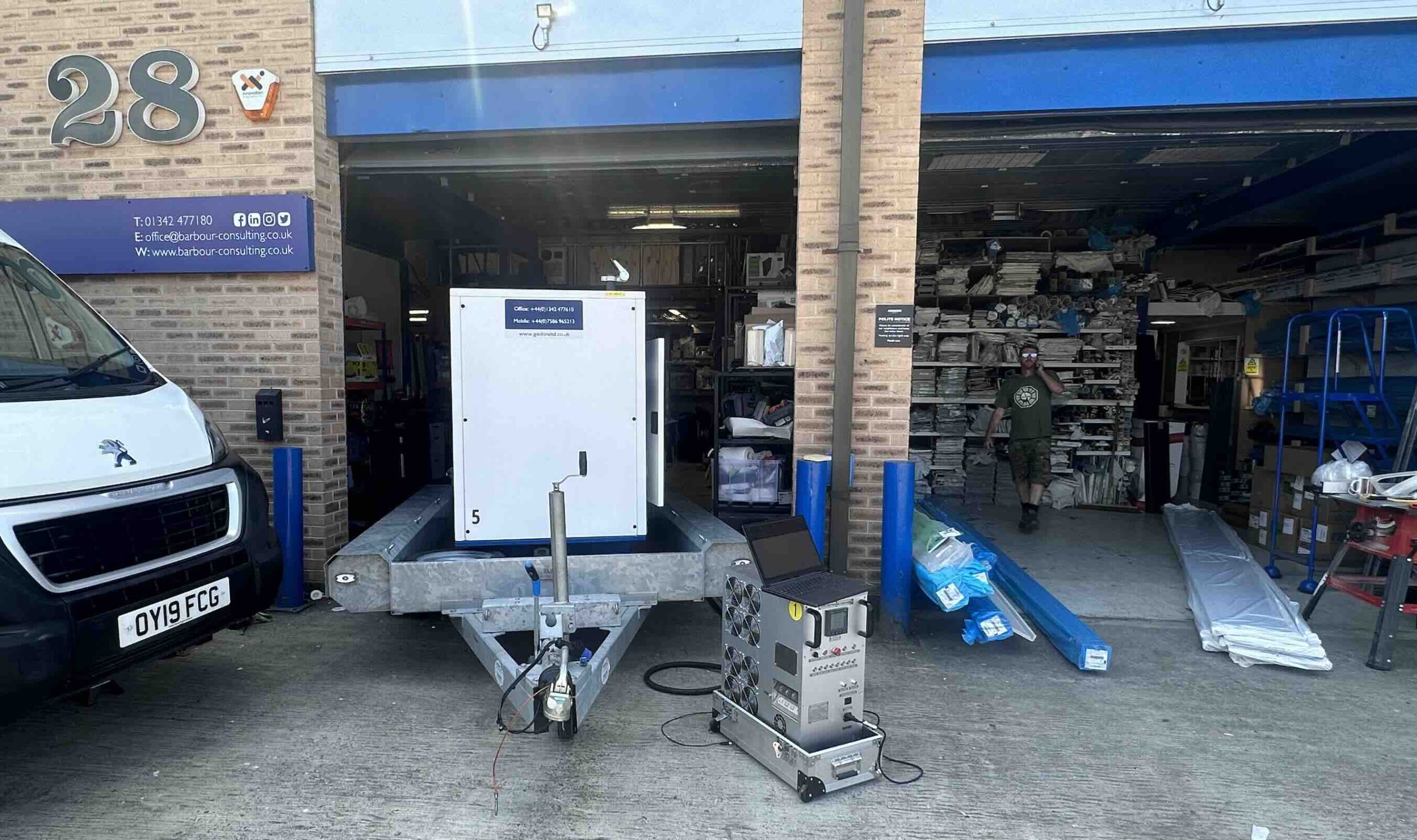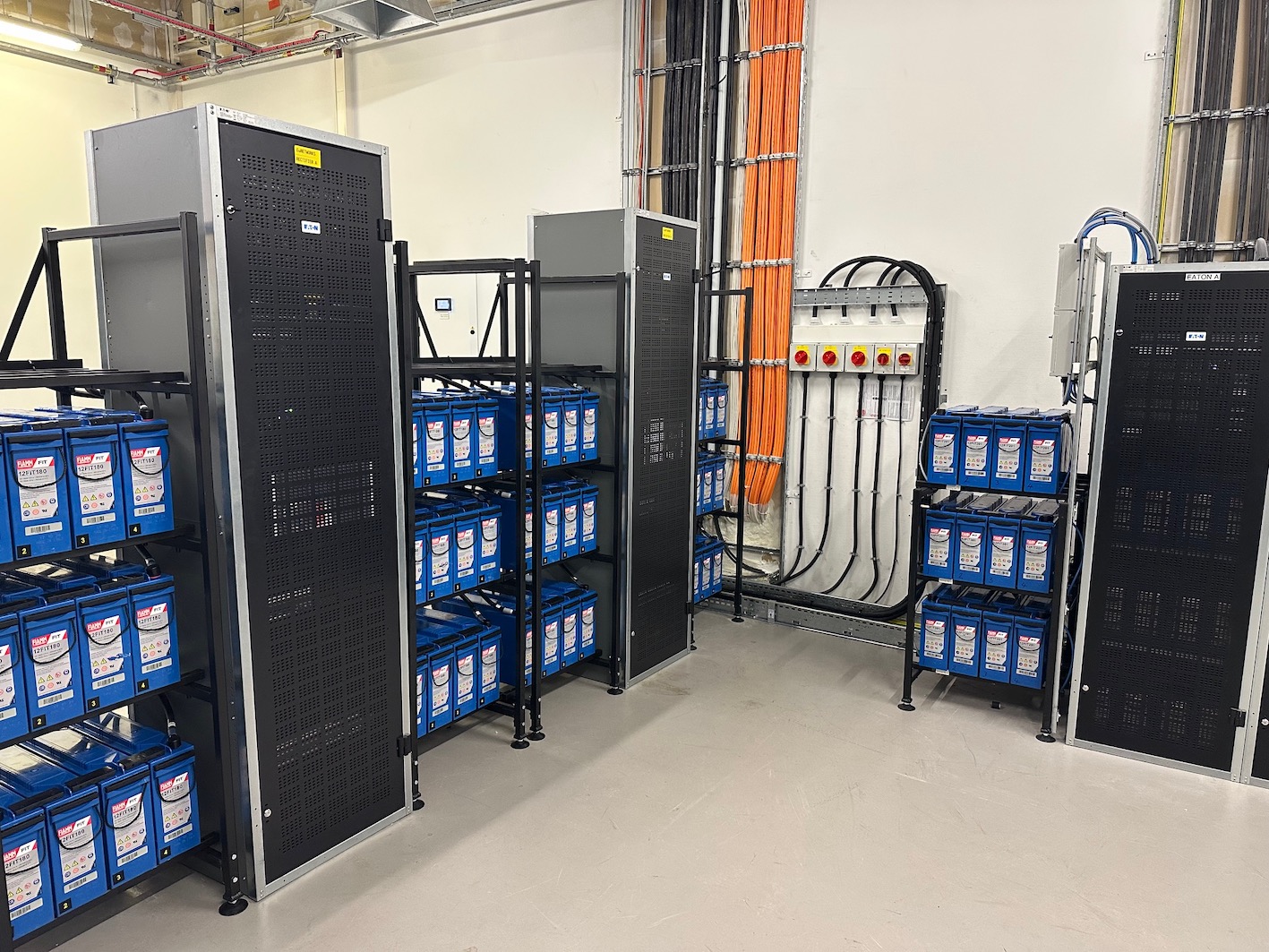In the world of power management, ensuring the reliability of backup generators is crucial. One effective method for verifying the performance and health of these systems is load bank testing. At Barbour Consulting, we believe that understanding the fundamentals of this testing procedure can help maintain operational efficiency and prevent unexpected failures. Here’s a comprehensive look at load bank testing and why it’s an essential practice for generator maintenance.
What is Load Bank Testing?
Load bank testing is a process used to simulate the operational load that a generator would experience during normal use. By applying a controlled electrical load to the generator, this test evaluates its performance under real-world conditions. This is particularly important for verifying the generator’s capability to handle its rated load, ensure it can run efficiently, and identify any potential issues before they lead to system failures.
Why is Load Bank Testing Important?
- Performance Verification: Load bank testing confirms that the generator can operate at its full capacity and deliver the necessary power. It helps ensure that the generator can handle the electrical load it’s designed for, which is critical during emergencies or power outages.
- Prevention of Issues: Running a generator without proper testing can lead to unforeseen problems. Load bank testing helps detect issues such as overheating, fuel problems, or electrical faults, which can be addressed before they cause downtime or damage.
- Maintenance Scheduling: Regular load bank testing is an integral part of preventive maintenance. It provides valuable insights into the generator’s condition, allowing for timely servicing and repairs, thereby extending the life of the equipment.
- Compliance and Assurance: For many industries, load bank testing is a regulatory requirement. Performing these tests ensures compliance with industry standards and provides assurance to stakeholders that the backup power system is reliable.
How is Load Bank Testing Performed?
The process involves connecting a load bank to the generator, which then applies a controlled electrical load. The generator is run for a specified period while monitoring key performance metrics such as voltage, current, and temperature. The results are analysed to assess how well the generator performs under load conditions.
Key Steps in Load Bank Testing:
- Preparation: Ensure that the generator and load bank are properly set up and that all safety procedures are followed. This includes checking fuel levels, battery health, and cooling systems.
- Load Application: Gradually apply the load to the generator, starting from a low level and increasing to the maximum rated load. This step simulates actual operating conditions and helps evaluate the generator’s performance.
- Monitoring: During the test, continuously monitor the generator’s performance metrics. This includes tracking parameters such as output voltage, frequency, and temperature to identify any anomalies.
- Analysis and Reporting: After the test, analyse the data collected to assess the generator’s condition. Prepare a detailed report outlining the performance, any issues identified, and recommendations for maintenance or repairs.
Benefits of Partnering with Barbour Consulting
At Barbour Consulting, we specialise in providing comprehensive load bank testing services for generators. Our experienced engineers use state-of-the-art equipment to perform thorough and accurate tests. We ensure that your generators meet performance standards, and we provide detailed reports and recommendations for any necessary actions.
By investing in regular load bank testing, you can prevent unexpected failures, ensure compliance, and maintain the reliability of your backup power systems. Our commitment to excellence ensures that your equipment is always ready to perform when you need it the most.





